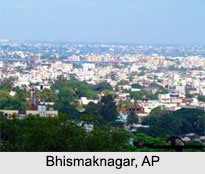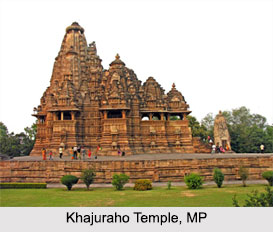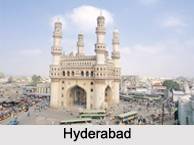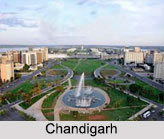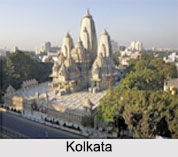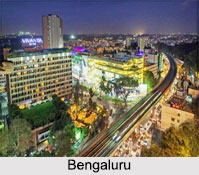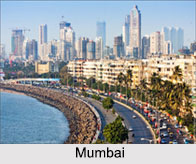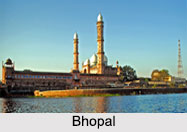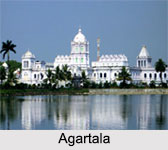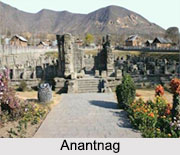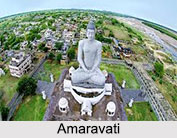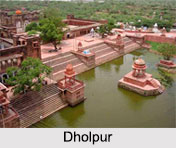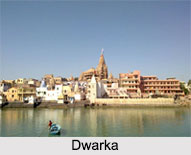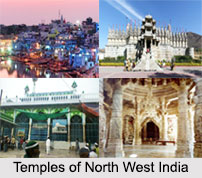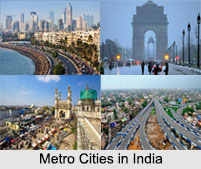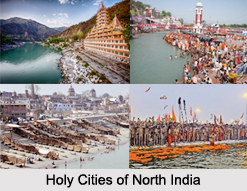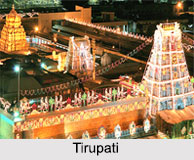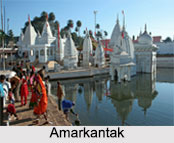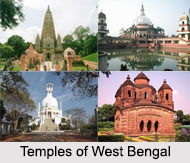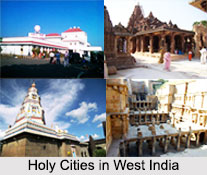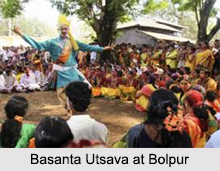 Basanta Utsav is celebrated in India with colour. In Shantiniketan, Visva Bharati University organized the Basanta Utsav with the students and the teachers. The tourists of both national and international level gather here to see this colourful festival.
Basanta Utsav is celebrated in India with colour. In Shantiniketan, Visva Bharati University organized the Basanta Utsav with the students and the teachers. The tourists of both national and international level gather here to see this colourful festival.
In Shantiniketan, Basanta Utsava is celebrated with immense fervor and zeal. The males and females, boys and girls dressed in yellow (basanti) color, welcome spring - the season of hope, love and fun in a very elegant manner.
The students, teachers and the visitors greet the spring not only with colours, but also with songs, music and interesting rhymes of Gurudev Rabindranath Tagore. The cultural fest organized here, on this day, offers some spectacular performances of arts and crafts, by the students of Vishwabharti University and the locales nearby. They sing beautiful songs and also dance to the tune of pleasurable music in groups. Later in the day, on Basanta Utsav, the students as well as the teachers apply coloured powders on each other without discrimination of sex, clan and creed.
Following the coloring tradition, the entire premises of the Vishwabharati University gets filled with the colors of "abir". A warm welcome is given to all the visitors and each of them is welcomed to join in this merry making festival in spring. The air is filled not only with a number of vivacious colours, but also with the feeling of joy and hope, making the entire atmosphere delightful.
It is a colorful festival for all Indians and known as Holi. It takes place at the end of winter when spring comes with its beauty. Falgun and Chaitra according to the Bengali calendar is the season of Dol Utsav. During this season, nature shows its own beauty with colorful flowers of Palash and Shimul.
Rabindranath Tagore started Dol Utsav in his institution with colorful cultural programmes. It coincides with Indian festival-Holi. The students of Visva-Bharati celebrate Basanta Utsav in very special way. They make the festival more colorful and attractive to all who came from outside the district and also from abroad by their magnificent live performance. Pan Asia, Afro- Asian and European tourist used to gather during this colourful festival.
